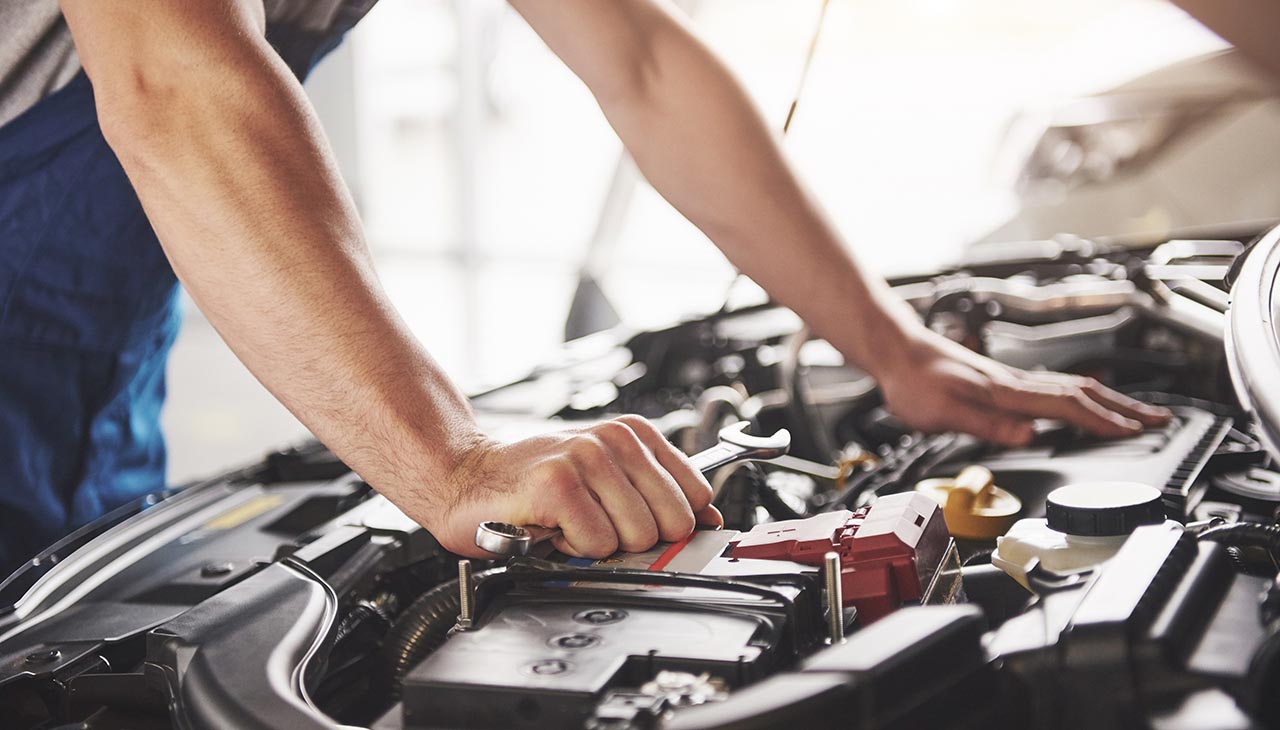Your vehicle’s braking system is a critical safety feature that demands regular attention and maintenance. Understanding how this system works and recognizing early signs of wear can prevent costly repairs and, more importantly, keep you safe on the road. In this guide, we will delve into the various components of your car’s braking system, outline routine maintenance tips, and offer advice on repair practices. Whether you’re a seasoned driver or a novice car owner, this information will empower you to make informed decisions about the care of your brakes, ensuring well-timed stops and peace of mind.
Regular Maintenance
Checking Brake Pads and Discs for Wear
One of the most crucial aspects of brake maintenance is checking the brake pads and discs for signs of wear. As a general rule, brake pads should have at least 1/4 inch of pad left to function properly. If you notice they are thinner, it’s time to consider replacing them. Similarly, brake discs, also known as rotors, should be inspected for grooves or uneven wear patterns. If you find any abnormalities, or if the disc thickness is below the manufacturer’s recommended level, the discs may need resurfacing or replacing.
Inspecting Brake Fluid Levels and Condition
Brake fluid is the lifeblood of the braking system. It’s essential to ensure that the fluid level is within the acceptable range in the master cylinder reservoir. If it’s low, it could indicate a leak or that the brake pads are wearing down. The condition of the brake fluid is equally important; it should be clear to slightly yellow in color. If you notice a murky or dark color, which can signify contamination, it’s time to flush the system and replace the fluid.
Addressing Unusual Noises or Vibrations During Braking
Unusual noises or vibrations when braking are clear indicators that something may be amiss with the braking system. Squealing noises might signal that the brake pads are wearing thin, while a grinding noise can indicate that the pads have worn down completely, causing metal-on-metal contact. Vibrations, on the other hand, may mean that the brake discs are warped. These issues should be addressed promptly by a professional to ensure the safety and integrity of the vehicle’s braking system.
DIY Brake Maintenance Tips
Step-by-Step Guide to Changing Brake Pads
- Prepare Your Vehicle: Park on a level surface, apply the parking brake, and place wheel chocks behind the wheels for safety. Loosen the lug nuts slightly before lifting the car with a jack and securing it with jack stands.
- Remove the Wheel: Fully remove the lug nuts and take off the wheel to reveal the brake assembly.
- Compress the Brake Caliper: Carefully compress the brake caliper using a C-clamp or a caliper compression tool, making room for the new brake pads.
- Replace the Brake Pads: Remove the old brake pads, noting how they were installed. Clip or press the new pads into place, applying anti-squeal compound or shims if provided.
- Reassemble and Test: After the new pads are in place, reassemble the caliper and mount the wheel back onto the hub. Tighten the lug nuts, lower the vehicle, and tighten the nuts to the manufacturer’s specified torque.
Flushing and Replacing Brake Fluid
- Check Fluid Type: Ensure you have the correct type and amount of brake fluid as specified by your vehicle’s manufacturer.
- Drain Old Fluid: With the engine off, remove the old fluid from the master cylinder reservoir using a turkey baster or fluid pump, taking care not to let dirt enter the reservoir.
- Refill with New Fluid: Fill the reservoir with new brake fluid to the “full” mark.
- Bleed the Brakes: Have an assistant press the brake pedal while you open and close the bleeder valves in sequence for each wheel, allowing old fluid and air to escape, and only closing the valve when fresh fluid begins to flow.
Adjusting the Handbrake
- Locate the Adjuster: Depending on your vehicle, the handbrake adjuster could be inside the vehicle near the handbrake itself, or it may be underneath the car near the rear wheels.
- Tighten or Loosen: If the handbrake is too loose, tighten the adjuster until you feel slight resistance when pulling the handbrake. If it’s too tight, loosen the adjuster so the handbrake can fully engage without too much force.
- Test the Adjustment: Ensure the handbrake holds the vehicle securely in place on a slope and releases completely without dragging when disengaged.
Remember, these are general guidelines, and you should always refer to your vehicle’s service manual for specific instructions related to your car. If at any point you feel uncertain, seek the assistance of a professional mechanic.
Signs of Brake Problems
Being vigilant about your vehicle’s brake system performance is essential. Here are some common indicators that something may be wrong:
Warning Signs of Worn-Out Brake Pads or Discs
- Thin Brake Pads: Visually check the thickness through the wheels. Brake pads thinner than 1/4 inch should be replaced.
- Deep Grooves in Rotors: Visible grooves or an uneven surface on the brake disc can indicate excessive wear.
- Less Responsive Braking: If your car takes longer to stop, or the pedal sinks toward the floor, the brake pads or discs may need attention.
Symptoms of Brake Fluid Leaks or Air in Brake Lines
- Spongy or Soft Brake Pedal: A pedal that feels soft or depresses further than usual can be a sign of air in the brake lines or a leak.
- Visible Fluid Leaks: Check for signs of wetness or puddles near the wheels or under the car, which may indicate a fluid leak.
- Brake Warning Light: An illuminated brake light on your car’s dashboard should never be ignored, as it could indicate low fluid levels or other issues.
How to Identify Potential Issues Through Different Sounds and Sensations
- High-Pitched Squealing: This noise often means that the brake pad wear indicators are exposed and contacting the disc.
- Grinding Sound: A loud, metallic grinding sound indicates that the brake pads might be completely worn out, with the calipers and discs rubbing together.
- Vibration or Pulsating Brake Pedal: A vibrating brake pedal when applied could mean your rotors are warped or uneven.
Properly functioning brakes are crucial to your safety on the road. If you experience any of these symptoms, have your vehicle inspected by a professional as soon as possible to prevent further damage and ensure a safe driving experience.



